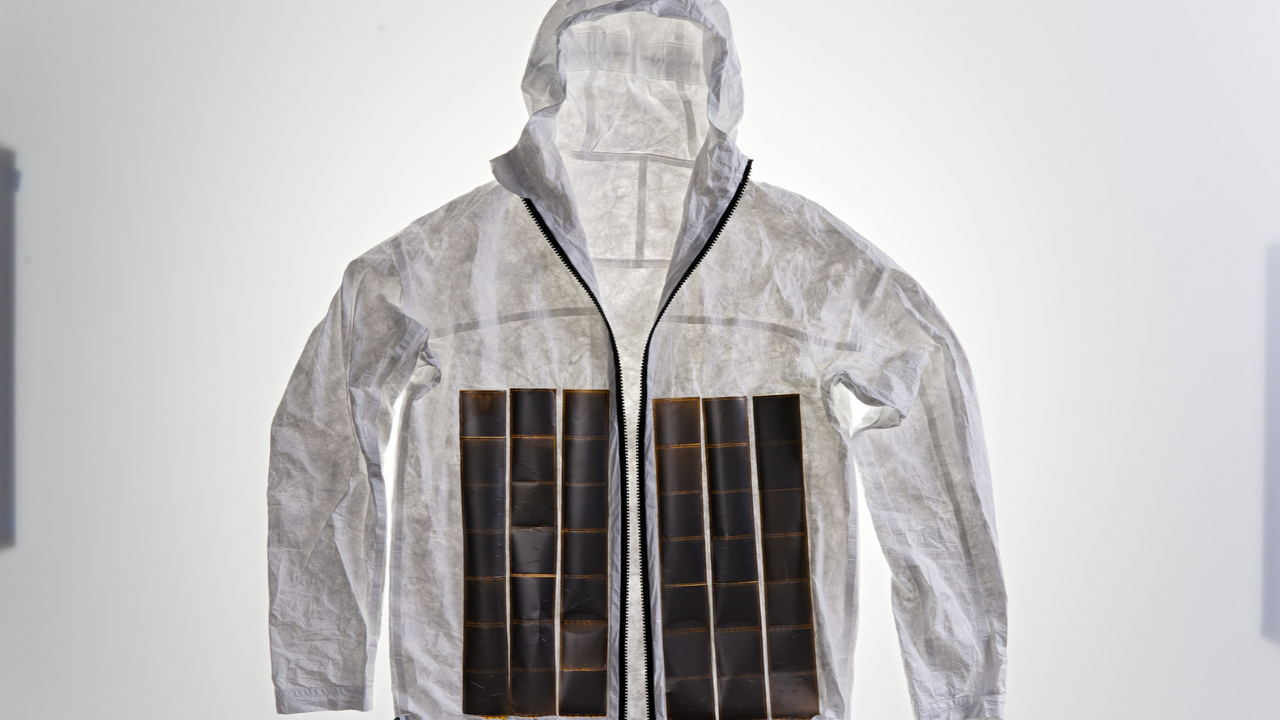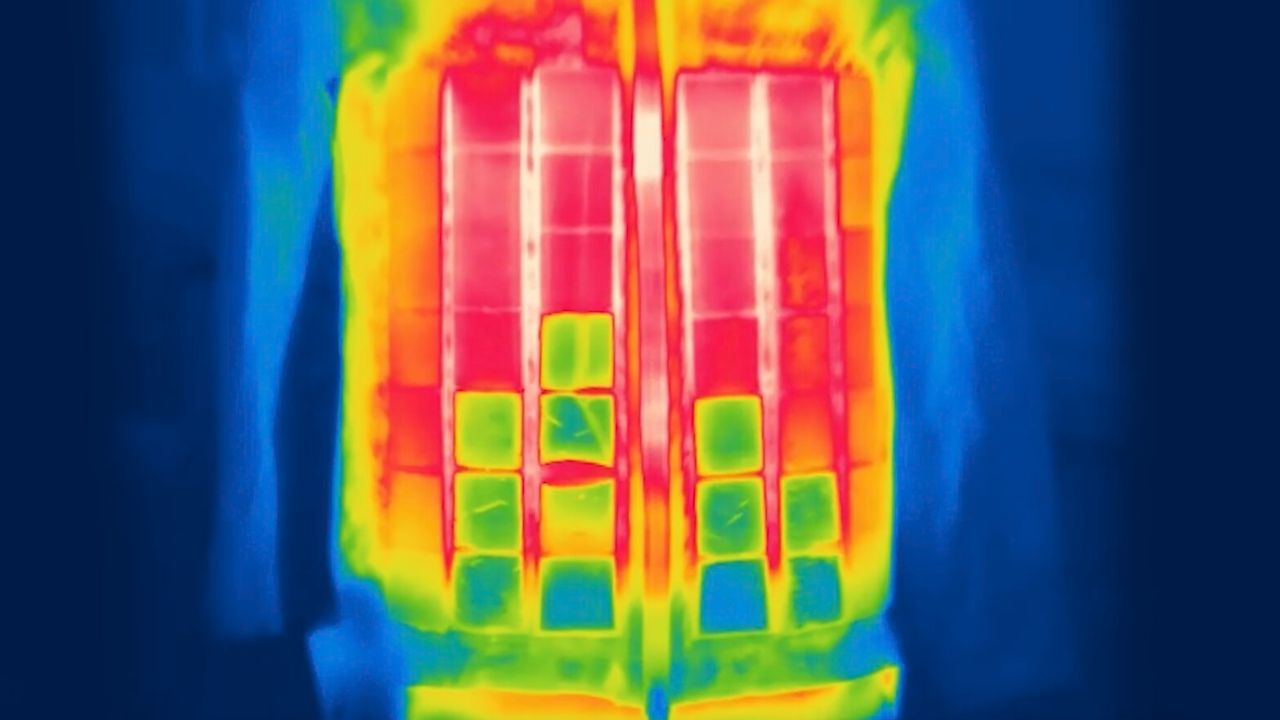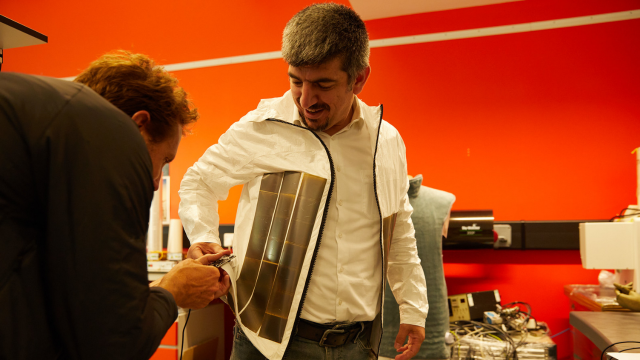Researchers say they are a step closer to creating an invisibility cloak, with the development of a jacket that hides the thermal signature of the user.
The research team, a collaboration between Vollebak and the University of Manchester, believes being able to hide the thermal signature of the wearer is one important step toward creating a truly invisible cloak.
As you can see in the image of the device, however, it is still very visible. Noticeable, even.

“The prototype Thermal Camouflage Jacket proves the viability of wearable thermal camouflage for the first time and I can now confidently say that the concept of an invisibility cloak is no longer science fiction,” said Coskun Kocabas, a professor of 2D device materials at the University of Manchester.
“The reason we’ve used graphene in the jacket is because it’s a highly tunable material, which means that applying energy to it changes how it appears on both the infrared spectrum and the visible spectrum”
As you can see in the above images, the jacket has 42 square black panels on its chest, which disguise the thermal signature of the wearer. In fact, they pick up on the thermal radiation of their surroundings and attempt to disguise the wearer by blending in, becoming invisible to infrared cameras.

“While the Thermal Camouflage Jacket only operates on the infrared spectrum today, it should ultimately be possible to build a version that also operates on the visible spectrum, and this will be the invisibility cloak that the world’s been waiting for,” added Kocabas.
It’s an interesting step in the direction of having invisibility, but obviously it’s still a very new technology. Vollebak itself, being a clothing brand with a sci-fi edge, is very interested in back and developing the technology, but admits that there’s still a lot of work to be done.
“We were already convinced that graphene’s ability to conduct heat and electricity made it an incredibly exciting material to work with – one that could be the basis for clothing we’ll be wearing in 100 or 1,000 years time,” said Nick Tidball, the co-founder of Vollebak.
“We’re here to turn sci-fi concepts into reality.”
You can read the full press release on the Vollebak website.
